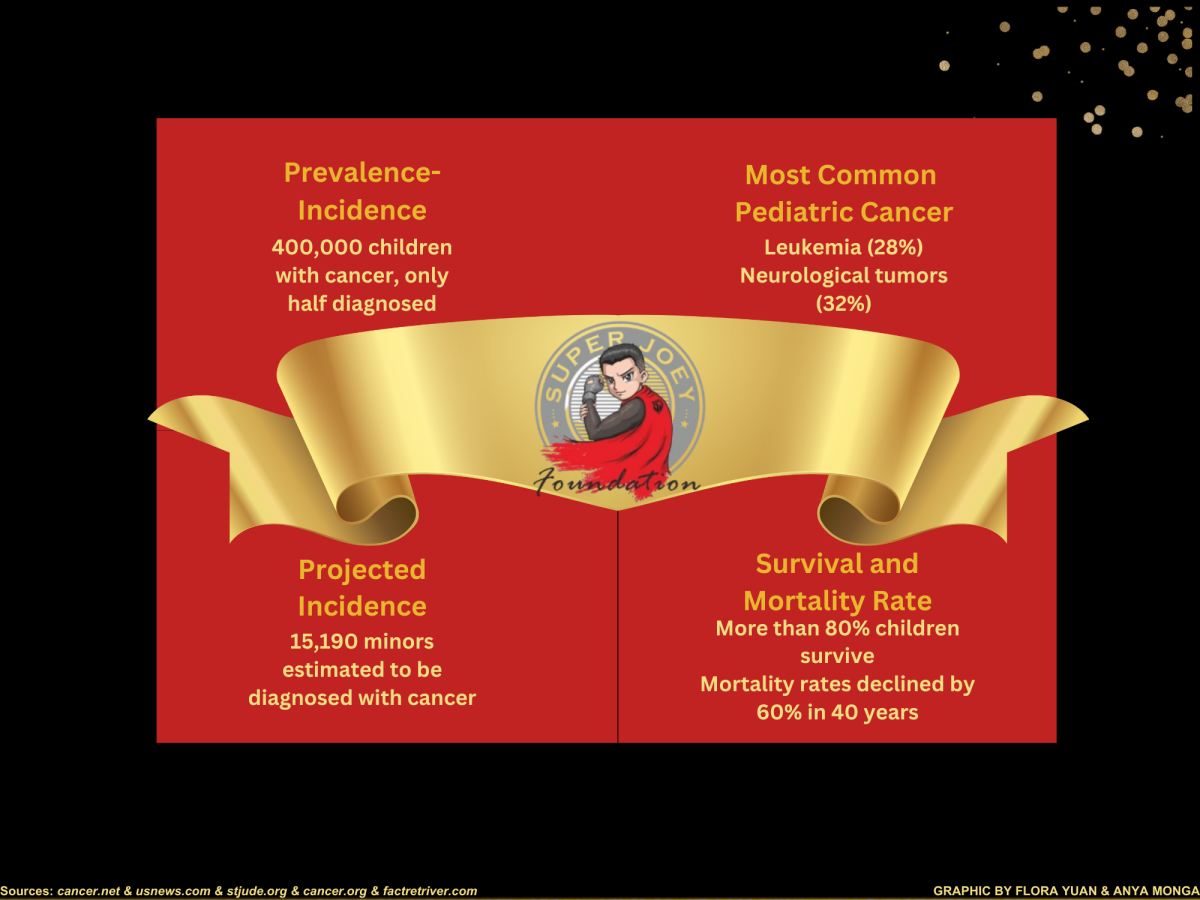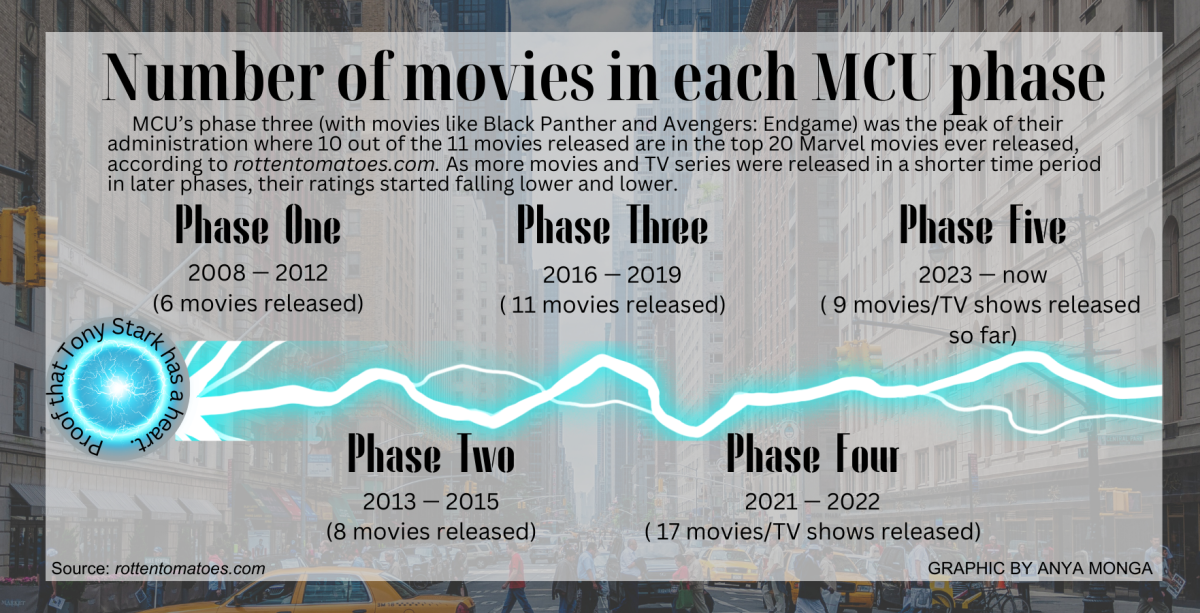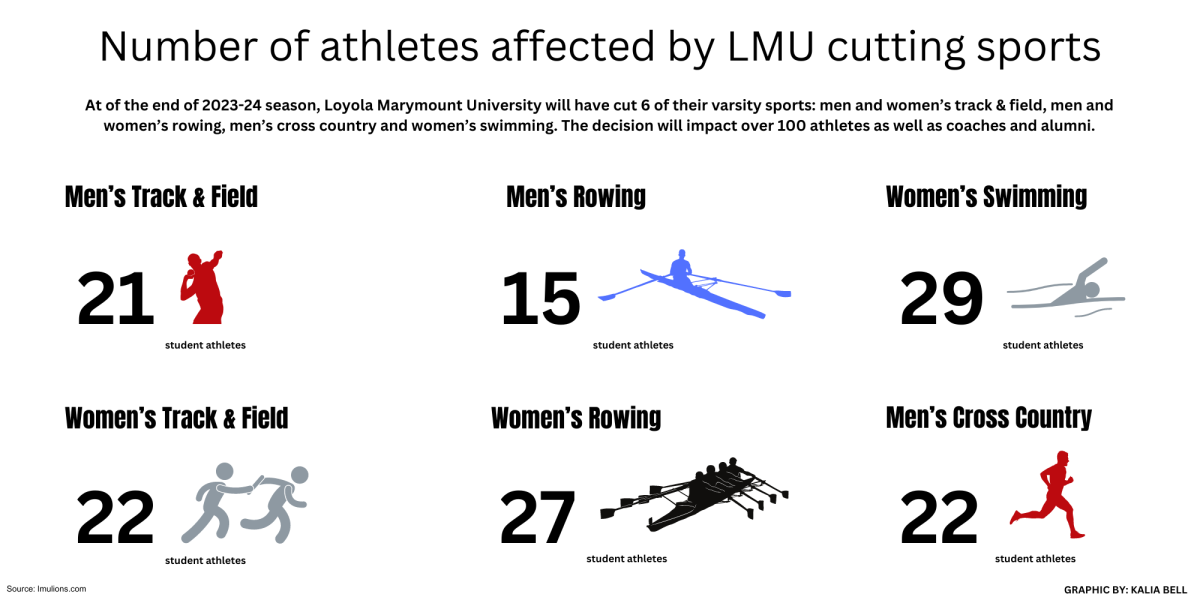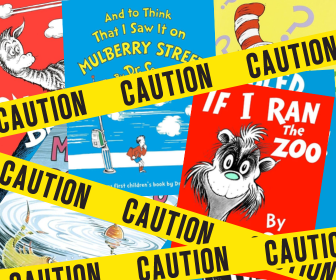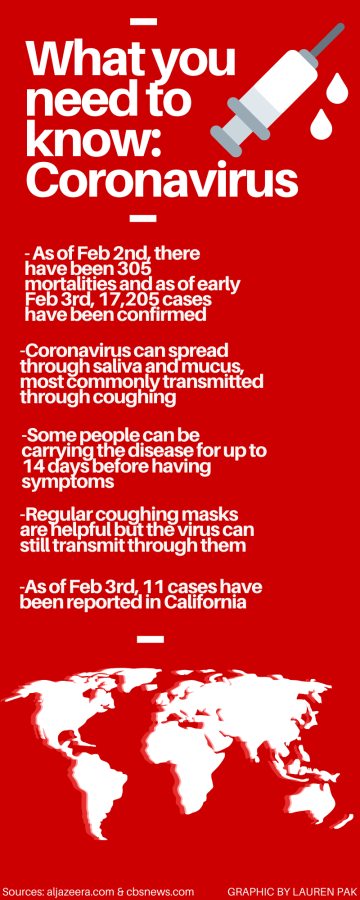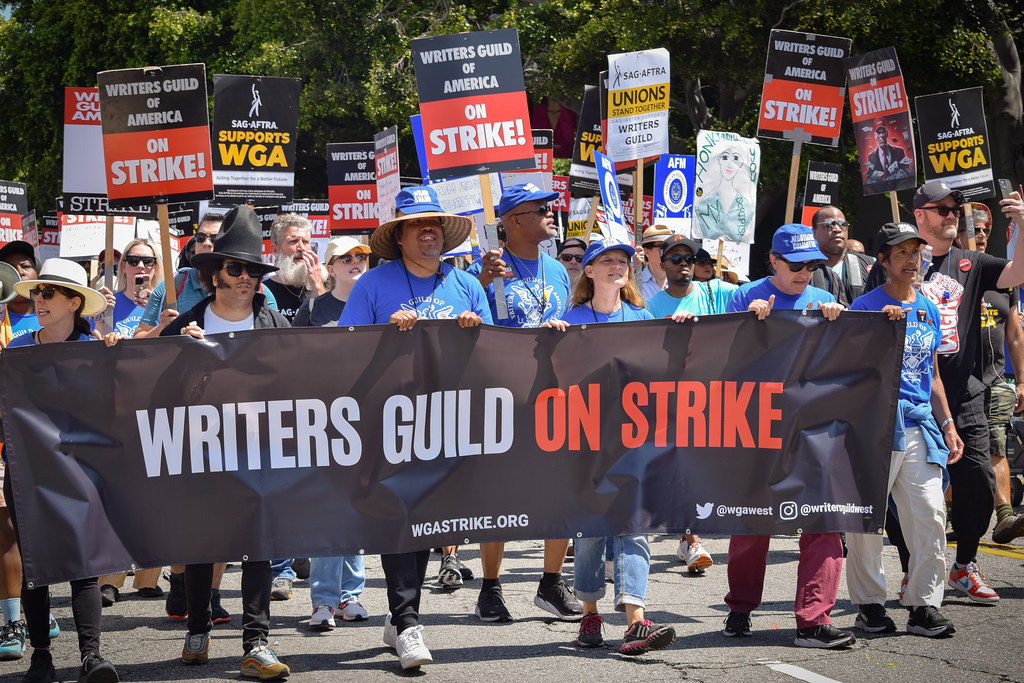First discovered right before the new year of 2020, the Novel Coronavirus sprouted in the city of Wuhan, China. In the past month, this virus has taken the world by storm, quickly spreading to every corner of the globe.
Better known as the Wuhan Coronavirus, the epicenter of this virus began from a local seafood market, one that was selling illegal exotic animals primarily for consumption. According to the Ministry of Health of the People’s Republic of China, this virus was first contracted from animal to animal contact. But with time, humans soon contracted it from an animal, and it is now spreading between humans.
There are several “factors making it difficult to spot,” according to foreignpolicy.com. “In fact, it probably causes a spectrum of disease, from asymptomatic to lethal. Even in deadly cases, new coronavirus infections start off much like many other less dangerous diseases. Initial symptoms are fever, dry cough, myalgia (muscle pain), and fatigue. Productive cough (a cough that produces phlegm) and headaches are infrequent, hemoptysis (coughing up blood) and diarrhea are occasional. It can take about a week before an infected person feels sick enough to seek medical care.”
That being said, symptoms can start out like the common cold or flu and become much more severe later on. According to leading health officials, it was recently determined that the virus has a two–week incubation period before it can be determined if a person is infected or not.
These detecting problems have placed many travel bans and quarantine zones in place in the past week. Currently, in China, about 60 million people across 17 different cities were placed on lockdown. No one can enter or leave China.
The People’s Republic of China imposed a lockdown on China on Jan. 23. Since then, Wuhan has experienced food shortages, an overwhelming number of patients and several evacuations of foreigners visiting the city.
On Jan. 31, Health and Human Services Secretary Alex Azar said that foreign citizens who have traveled anywhere in China within the past 14 days would be denied U.S. entry. Additionally, any Americans who visited the Hubei province (the province of China with the city of Wuhan) would be quarantined up to two weeks. On Feb. 2, the United States declared a travel ban to China to further contain the issue, with the exception of seven locations for current US citizens fleeing China.
“About every 12 hours, somebody has a health check–up on them,” said Dr. Cameron Kaiser of the Centers for Disease Control and Prevention (CDC). “Make sure they’re not having a fever, checking with symptoms they have.”
Even so, the CDC warned that individuals who tested negative can still develop symptoms within that two–week period of the virus’s incubation state.
Currently, the Novel Coronavirus has spread to 28 more countries after it first broke out in Wuhan. There are a total of 31,535 cases and counting. 325 cases internationally, 638 deaths including one outside of China and many fears building up.
On Feb. 4, the World Health Organization deemed it as a global public health emergency. Airports across the world are deploying screen measures to isolate passengers who may be infected, ranging from reasons such as just coming from Wuhan or even coming from nearby cities and provinces of Wuhan to having any flu or cold–like symptoms.
There are a total of 1778 recoveries as of Feb. 7. Unfortunately, there is still no known cure, however, an infusion of an experimental drug was given to the first patient in the United States. His health gradually improved, and four days later, his fever was gone.
However, research is still being conducted, mostly by the CDC, to find the ultimate and absolute cure. There is not enough information and data for the experimental drug to be given out to the rest of the infected, even if the first U.S. patient was discharged from the hospital in Washington state on Feb. 4.
Not only is this a major health issue, but the impacts and actions taken to combat the Novel Coronavirus have greatly harmed many businesses and stocks in China as well as the world.
Because of the precautions many countries are taking, as well as the travel bans, hundreds of companies are taking a huge hit, like McDonalds, Starbucks, Nike, and Apple just to name a few. Not only are their stocks dropping in China, but their worth and effectiveness in the global market have also plummeted, negatively affecting themselves as well as the consumers and people who have manufacturers in China.
On the weekend of Feb. 1, Apple temporarily shut down all its stores and offices near mainland China. “Our thoughts are with the people most immediately affected by the coronavirus and with those working around the clock to study and contain it,” the company said in a statement. “Out of an abundance of caution and based on the latest advice from leading health experts, we’re closing all our corporate offices, stores and contact centers in mainland China through February 9.”
Even so, the situation on the virus is being closely monitored. From conveniently out breaking and ruining the Lunar Year for those in China, to becoming a pandemic, millions of people still fear the spread of the Wuhan Coronavirus, and authorities must maintain control over all the chaos.







